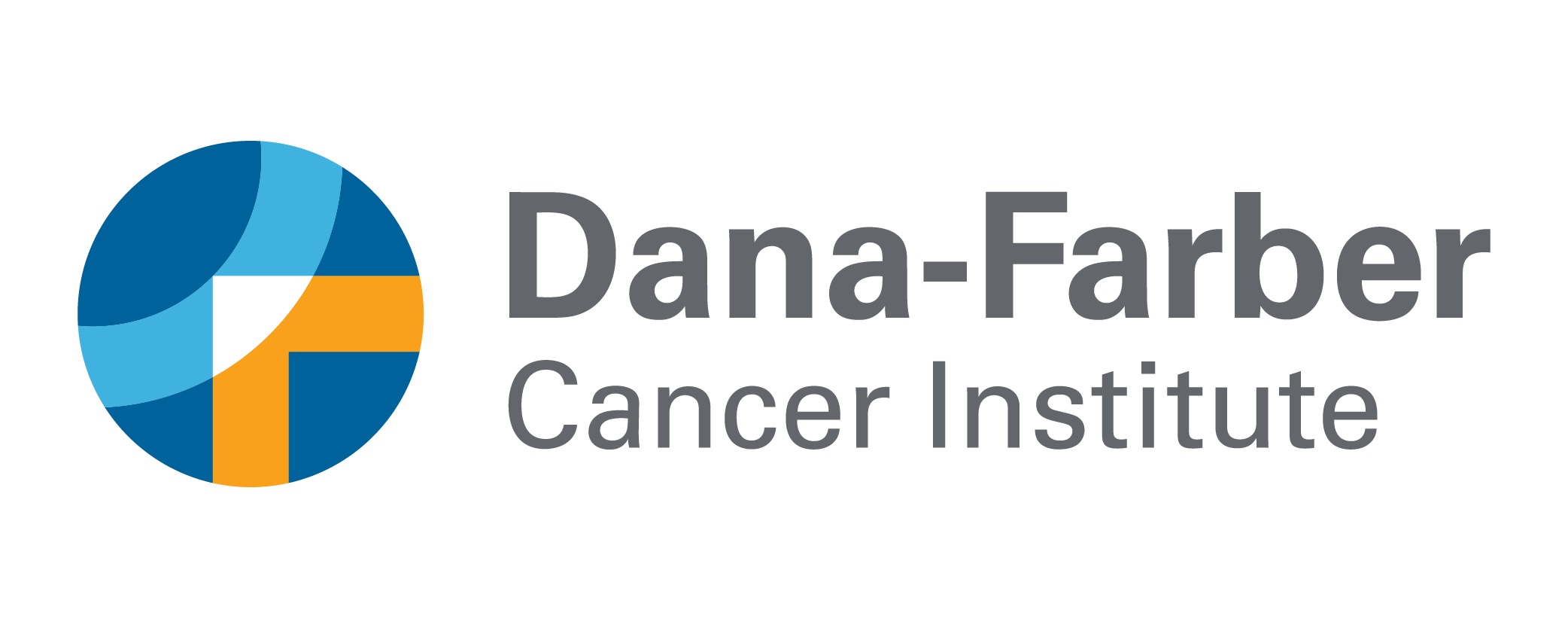For Immediate ReleaseApril 18, 2002
Contact: Janet Haley Dubow(617) 632-4090
Study finds that young women treated for Hodgkin's disease often are unaware of increased future risk of breast cancer
BOSTON - Many young women treated with chest radiation for Hodgkin's disease are not aware that they have an increased risk of developing breast cancer later in life. Moreover, among those who are aware of their increased risk, many fail to have regular mammograms, according to a new study led by researchers at Dana-Farber Cancer Institute.
The study, published in the April 15 issue of Journal of Clinical Oncology, is one of the first to explore how well-informed Hodgkin's disease survivors are about potential future health problems and about steps that can minimize such problems.
"We found that cancer physicians have an important role in educating these young patients about their heightened risk for breast cancer and about the potential importance of screening for the disease," says the study's lead author, Lisa Diller, MD, of Dana-Farber.
The study, which began in 1995, involved 90 women who had been treated at least eight years earlier with chest radiation for Hodgkin's disease (also known as Hodgkin's lymphoma). Participants were asked what they thought their chances were of developing breast cancer and whether they had been screened recently for the disease. They were also given written recommendations for breast self-exams and mammography and had their health tracked annually through medical records and questionnaires.
The results suggest that many patients aren't getting - or aren't acting on - the message on increased breast cancer risk and the benefits of cancer screening. Forty percent of the participants considered their risk for breast cancer to be equal to or lower than that of other women their age. Less than half (47 percent) reported having a mammogram in the previous two years. At the same time, women who received information from cancer physicians were more likely to understand their risk than women who got their information from other sources.
Another aim of the study was to determine whether mammography is a useful way of detecting breast tumors in this group of survivors. All signs point to "yes." During the four years the study ran, 10 of the women developed breast tumors, all of which were detectable by mammography.
"It's important that caregivers not only be aware of the increased breast cancer risk faced by these young patients, but that they communicate this knowledge to patients, and communicate as well that mammography might be an important intervention that would catch the disease early," says Diller.
Co-authors of the study were Ursula Matulonis, MD, Judy Garber, MD, Kitt Shaffer, MD, PhD, Donna Neuberg, ScD, Heather Litman, MS, and Cheryl Medeiros Nancarrow, of Dana-Farber; Nancy Tarbell, MD, of Massachusetts General Hospital; and Peter Mauch, MD, of Brigham and Women's Hospital. Diller has a joint appointment at Dana-Farber and Children's Hospital Boston.
The study was funded by the David B. Perini, Jr. Quality of Life Program and the Dyson Foundation.
Dana-Farber Cancer Institute (www.danafarber.org) is a principal teaching affiliate of the Harvard Medical School and is among the leading cancer research and care centers in the United States. It is a founding member of the Dana-Farber/Harvard Cancer Center (DF/HCC), designated a comprehensive cancer center by the National Cancer Institute.
###
MEDIA CONTACT
Register for reporter access to contact detailsCITATIONS
J. of Clinical Oncology, 15-Apr-2002 (15-Apr-2002)
